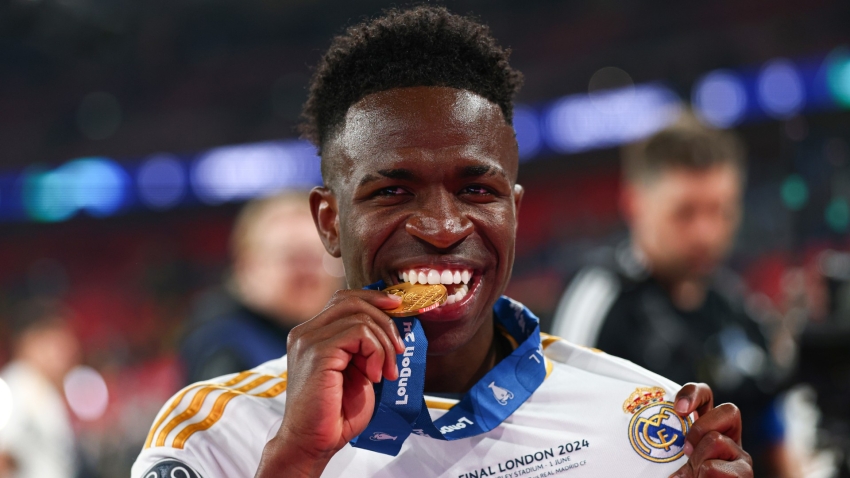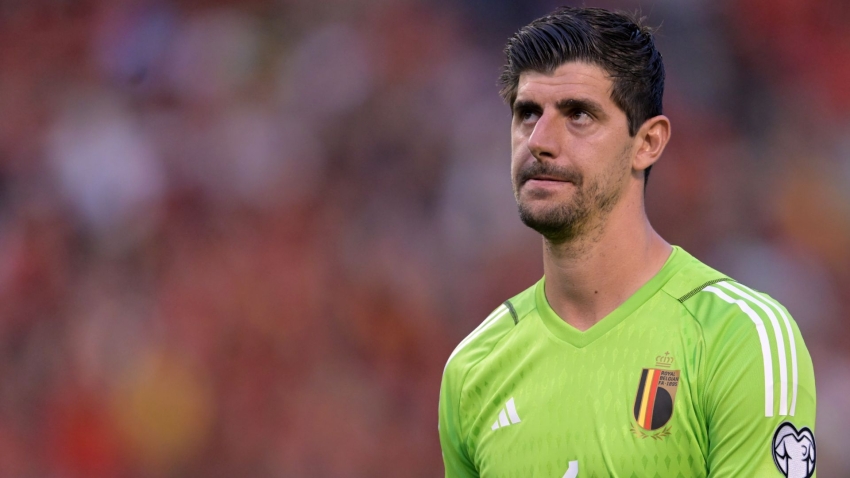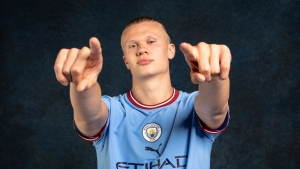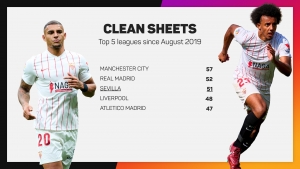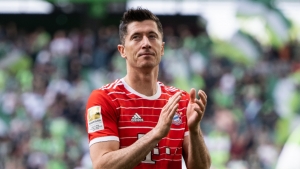There has been a lot of talk about the money Liverpool are investing in Darwin Nunez.
The Uruguay striker arrives at Anfield for a fee that will likely end up surpassing their previous club record of £75million spent on Virgil van Dijk from Southampton in January 2018.
Benfica confirmed on Monday they had agreed to sell Nunez to Liverpool for an initial fee of £64m (€75m), with a further £21.4m (€25m) in add-ons. Liverpool provided their own confirmation on Tuesday.
The Merseyside club will likely be saying goodbye to a key player at the same time, though, with Sadio Mane being strongly linked with a move to Bayern Munich.
So can Nunez emulate what the Senegal star has been able to in his time at Liverpool, or can he even surpass it?
Stats Perform has taken a look at the 22-year-old to see what Liverpool might be getting for their cash.
Is Nunez a Mane replacement?
What appears to stand out above all else is that Nunez is being signed primarily to score goals.
He may not have hit the ground running at Benfica after making a €24m move from Almeria in September 2020, netting just six times in 29 Primeira Liga games (19 starts) in 2020-21, but he more than made up for it this season.
Nunez had an expected goals (xG) rating of 9.98 in his first season according to Opta, suggesting he was not scoring as many as he should, which he almost overcompensated for in 2021-22 by recording 26 goals in 28 league games (24 starts) from 18.4 xG.
By comparison, Mane – who is in the conversation for the 2022 Ballon d'Or – scored 16 goals in 34 Premier League appearances (32 starts) an xG figure remarkably similar to Nunez (18.3). So, while the chances that went their way were of a comparable value over the course of the season, the Uruguayan proved far more clinical.
The relative difference in quality between the top flights in England and Portugal must be taken into account, of course, but in the Champions League the duo also matched up well.
Nunez scored six goals from 10 appearances (six starts) from an xG of just 3.1, while Mane registered five goals from 13 games (11 starts) from an xG of 4.5. Once again, the 22-year-old proved a more dependable finisher of chances than the Senegal star.
Whether Nunez can translate this to English football remains to be seen, but there are other interesting parallels between the two players which indicate they are perhaps not as different as some appear to think.
In their respective leagues last season, Nunez and Mane also offered a similar degree of creativity. The former registered four assists from an expected assists (xA) total of 4.8, while Mane had two from 4.4 xA to his name, suggesting he was let down by poor finishing from his team-mates on occasion.
Both players have proven themselves to be comfortable running with the ball as well, attempting 86 dribbles each over the 2021-22 season, though Mane's success rate of 54.7 per cent was significantly better than Nunez's 45.4.
Of course, the chief difference between the pair is the fact former Southampton attacker Mane has mostly played off the left for Liverpool, whereas Nunez is primarily a centre forward.
That should not be an issue though, given the Reds addressed that side of the pitch only a few months ago by shopping in a familiar market.
Primeira Liga? Completed it, amigo
To the surprise of many, not least Liverpool, they had their hand forced at the end of the January transfer window and signed Luis Diaz from Porto, so it is a league they clearly know well.
Not that they hadn't already intended to buy Diaz, but reports suggested the plan was to do so at the end of the season, only for an unexpected advance from Tottenham to make them bring the transaction forward.
It proved a welcome necessity as Diaz hit the ground running and played a big part in Liverpool almost doing the unthinkable and winning an unprecedented quadruple.
However, with the Colombian taking the role on the left of the attack, Mane was asked to play in an unfamiliar central position for the remainder of the campaign, though broadly to impressive effect.
Nunez will be a slightly more natural fit in that central role, and like Diaz will be hoping the transition from the Primeira Liga to the Premier League is a relatively seamless one.
He already showed in his two performances against Liverpool in the Champions League quarter-finals this term that he can cut it against English opposition.
In the first leg in Lisbon, Jurgen Klopp's men ran out 3-1 winners, but Nunez scored the Benfica goal and played well enough that Virgil van Dijk recently listed him as one of his toughest ever opponents in an interview with Rio Ferdinand.
He arguably impressed more in the return leg at Anfield, when Van Dijk did not play. Nunez often pulled out to the left and stretched Liverpool's defence, and had it not been for their effective offside trap, could have had a hat-trick.
Nunez put the ball in the Liverpool net three times, but two were ruled out by the assistant referee as Benfica drew 3-3, losing 6-4 on aggregate.
He showed his force of personality in the final 10 minutes though as he also brought a tremendous save out of Alisson, and almost dragged his team back into a contest they had previously been well out of.
Can Liverpool adapt to Nunez?
Two of Liverpool's goals that night were scored by Roberto Firmino, who was excellent under the Anfield floodlights, but who has seen his previously key role in Liverpool's attack diminish in recent years.
It was appreciated that the way the Brazil international played in more of a 'false nine' role allowed Mane and Mohamed Salah to thrive, until the arrival of Diogo Jota in 2020, which signalled a slight move away from that as the former Wolves man increasingly played a role closer to that of a traditional striker in Klopp's system.
It oversimplifies Nunez to suggest he is an out and out number nine in the mould of an Erling Haaland. He drops deep and pulls wide similarly to smaller attackers, like the ones already at Liverpool in fact.
However, at 6ft 2in tall, he could also provide a weapon that will have the eyes of Liverpool full backs Trent Alexander-Arnold and Andrew Robertson lighting up, particularly the former.
No other defender in Europe's top five leagues created anything like Alexander-Arnold's 129 chances this season, with Robertson second on 90, ahead of Fiorentina's Cristiano Biraghi (89).
He also created the most 'big chances' this season (defined by Opta as a chance from which a goal would be expected) with 27, while only Hoffenheim's David Raum (226) and RB Leipzig's Angelino (211) provided more open play crosses than his 191.
On paper, Nunez has everything needed to succeed in the Premier League. Pace, power, skill, shooting accuracy and lovely hair.
The Darwin evolution puns are already wearing thin, for which we take partial responsibility, but it will be best for the player if he ignores all comparisons.
Nunez can simply be his own man.













